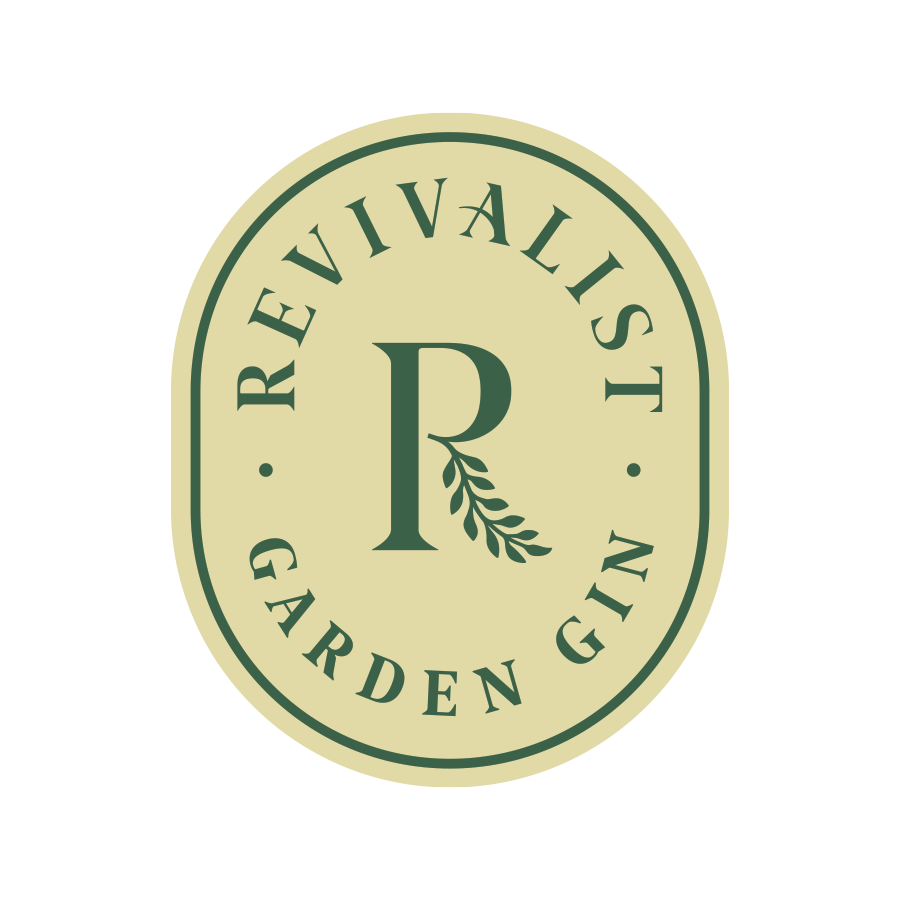Is Gin the Same As Vodka? A “Spirited” Comparison.
Is Gin the Same as Vodka?
At first glance, Gin and Vodka seem similar, both clear spirits made from fermented grains such as wheat, rye, corn, and potatoes. Vodka is known for its neutrality and lack of distinctive flavor. Gin actually begins as a neutral base like vodka, but the similarities end there.
Ingredients and Production Process
The emphasis in vodka production is on purity and smoothness. It is typically distilled to a high proof, going through multiple distillations before being filtered to remove impurities The more times the vodka is distilled, the less flavor will remain. Ultimately, the goal is to achieve a high level of purity, leaving behind only ethanol and water.
Gin on the other hand, is all about flavor. Unique combinations of juniper and other botanicals are infused in a vodka-like neutral base spirit to extract their flavors and aromas. Botanical infusion methods commonly used include:
MACERATION
Botanicals are added directly to the alcohol and the mixture is left to steep for approximately 12-48 hours
VAPOR INFUSION
The botanicals are placed in a separate compartment and the alcohol vapor passes through them, picking up the flavors before condensing back into liquid form
PERCOLATION
Similar to maceration, the alcohol is continuously circulated through the botanicals, allowing for a more controlled and potentially quicker extraction of flavors
VACUUM DISTILLATION
Distillation occurs under vacuum conditions (reduced pressure), which lowers the boiling points of the botanicals producing a more delicate and aromatic flavor profile
ROTARY EVAPORATION
Distillation occurs under vacuum conditions while the liquid is rotated to enhance the extraction of flavors
Gin Vs Vodka - Flavor Profile Comparison
Vodka, by definition, is a neutral spirit with a clean, crisp taste. The grain used can contribute to the character of the vodka, such as slightly sweet (corn), spicy (rye), or even a bit creamy (potato). How much of that original flavor persists depends on the number of distillations and the filtering process.
Gin’s flavor profile is influenced by the distillation process, the base spirit, and botanicals used and can range from a pronounced juniper-forward, piney flavor to a more mellow herb and spice blend. In addition to juniper, gin contains a combination of botanicals such as coriander, angelica root, citrus peel, cardamom, licorice, orris root, and various other herbs and spices. The combination and proportion of these botanicals and the infusion method give each gin its unique flavor.
There are several gin styles, each with a characteristic taste profile. For example, London Dry is juniper-forward and unsweetened, Plymouth and Old Tom are somewhat sweeter, and New Western Dry gins contain juniper but emphasize other botanicals.
Most Popular Vodka & Gin Drinks
The most popular vodka cocktails include:
Vodka and Soda
Vodka Martini
Espresso Martini Cocktail
Moscow Mule
Cosmopolitan
Lemon Drop
The most popular gin cocktails include:
Negroni
Gimlet
Gin and Tonic
Gin Martini
Singapore Sling
Last Word
Fun Facts About Vodka & Gin:
Origins
The exact origin of vodka is still hotly debated, with both Poland and Russia, each with strong historical and cultural ties to the spirit, claiming to have invented it in the 9th or 10th century. It has also been suggested that merchants and alchemists from Genoa brought their aqua vitae and distilling knowledge to Moscow in the late 1200s.
Gin's lineage is clearer, firmly established as a Dutch medicinal elixir called genever, made in the 1300’s. It became popular and in demand throughout Europe, particularly in England. But when import taxes were imposed in England in the 1600s, a lesser-quality spirit was produced locally that became known as ‘gin.’
The Craft Card
Both vodka and gin have evolved since their inception and, in recent years, have experienced a renaissance of sorts due to the craft movement. Many craft distillers are shifting away from strictly defining vodka as a neutral, tasteless spirit and creating vodkas with quality ingredients with traces of terroir. Meanwhile, a bevy of craft gins have reinvigorated the category with innovative offerings emphasizing a wide variety of local and unusual botanicals with juniper in the background.


